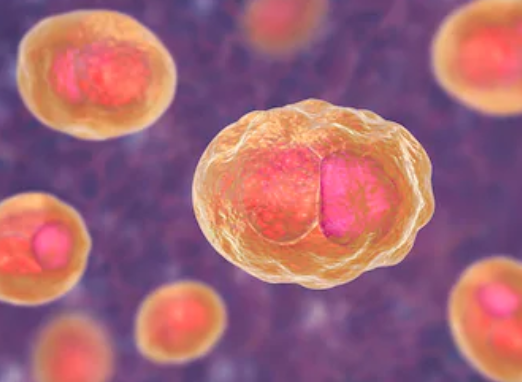 Chlamydia pneumonia is an acute inflammation of the lungs caused by Chlamydia pneumoniae infection. Chlamydia pneumoniae can lead to the destruction of the mucosal structure of the respiratory tract and induce infections by other pathogens. The symptoms of patients are usually mild, mainly manifested as sore throat, runny nose, fever, cough, etc. The course of the disease can last as long as 1-2 months, and maybe accompanied by symptoms such as pharyngitis, laryngitis, and sinusitis. Chlamydia pneumonia is contagious and spreads mainly through droplets. There is a small-scale epidemic in semi-enclosed environments, such as homes, schools, military, and densely populated areas.
Chlamydia pneumonia is an acute inflammation of the lungs caused by Chlamydia pneumoniae infection. Chlamydia pneumoniae can lead to the destruction of the mucosal structure of the respiratory tract and induce infections by other pathogens. The symptoms of patients are usually mild, mainly manifested as sore throat, runny nose, fever, cough, etc. The course of the disease can last as long as 1-2 months, and maybe accompanied by symptoms such as pharyngitis, laryngitis, and sinusitis. Chlamydia pneumonia is contagious and spreads mainly through droplets. There is a small-scale epidemic in semi-enclosed environments, such as homes, schools, military, and densely populated areas.
Chlamydia pneumonia can be diagnosed by the following methods:
Creative Biogene's diagnostic products mainly use enzyme-linked immunoassay technology to determine IgG, IgA and IgM antibodies against Chlamydia pneumoniae in serum and plasma. The total incubation time of our kit is short, the operation is simple, the accurate result can be obtained quickly, and the sensitivity is high, which is greater than 95%.
Creative Biogene has a professional team of experts who developed quality Chlamydia pneumonia diagnostic products. Our products are competitive in the market due to their reasonable price and high quality, which can help you solve the diagnosis problem quickly. We look forward to working with you for your cooperation.
Please contact us for more details.
Reference
| Cat# | Product Name | Product Type | Inquiry |
|---|---|---|---|
| C0395T | Mycoplasma pneumoniae / Chlamydophila pneumoniae real-time PCR kit | Test kit | Inquiry |
| C0396T | Mycoplasma pneumoniae / Chlamydophila pneumoniae real-time PCR kit | Test kit | Inquiry |
| C0458T | Chlamydia Pneumoniae IgA ELISA | Test kit | Inquiry |
| C0459T | Chlamydia Pneumoniae IgG ELISA | Test kit | Inquiry |
| C0460T | Chlamydia Pneumoniae IgM ELISA | Test kit | Inquiry |
| C0461T | Chlamydia pneumoniae IgA ELISA | Test kit | Inquiry |
| C0462T | Chlamydia pneumoniae IgG ELISA | Test kit | Inquiry |
| C0463T | Chlamydia pneumoniae IgM ELISA | Test kit | Inquiry |
Copyright © 2025 Creative Biogene. All rights reserved.